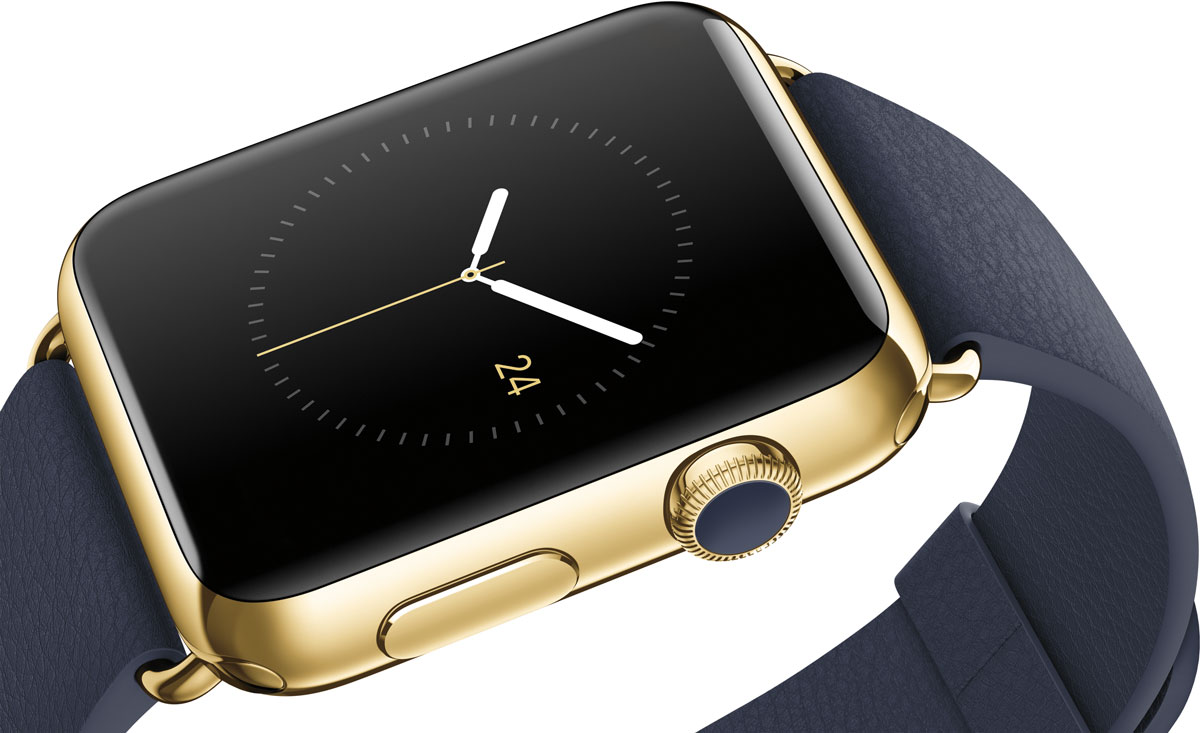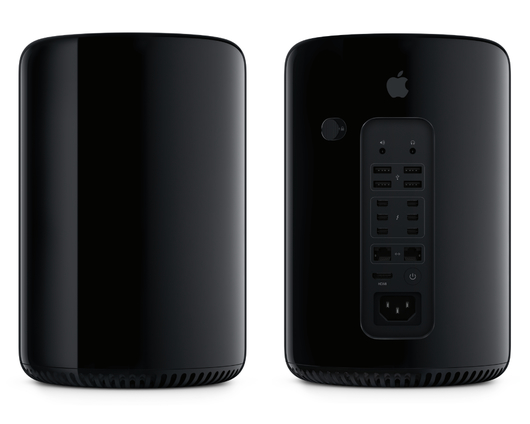MacBook Retina 2015

In addition to announcing pricing and availability for the Apple Watch at their “Spring Forward” event, Apple also announced an all new MacBook laptop that boasted some interesting features and specs. The MacBook includes an all-new keyboard with butterfly switches, a new trackpad implementation with haptic feedback and pressure sensitivity, a 12” display (226 ppi), and up to nine-hours of battery life (under general use), all in an amazingly thin profile of only 13.1 mm. In typical Apple fashion, they managed to squeeze all of this into a beautiful enclosure and keep it at just two-pounds.
With all the “new” surrounding this announcement, it wouldn’t be an Apple event without controversy. Apple decided to only include a mini audio jack, and a single USB-C port for both expandability and charging. Based on the responses I have read online, you would’ve thought that Apple retired from making computing devices and moved to their real passion: rock garden design.
This isn’t the first time Apple stirred up emotions while making changes to their products:
- 1998: Apple introduced the iMac, which opted to use the fledgeling USB port in favor of the familiar ADB serial port, and eliminated the floppy drive altogether
- 2008: Apple introduced the MacBook Air, which dropped the optical drive and only included one USB port, a mini audio jack and a Micro-DVI video port
- 2011: Apple introduced a new Mac Mini model, which dropped the internal optical drive
- 2012: Apple introduced a new iMac model, dropping the internal optical drive to acquire a more sleek profile
- 2013: Apple introduced the completely redesigned Mac Pro, dropping the internal optical drive bays, HDD/SSD drive bays and main-board expansion card slots
It’s in Apple’s nature to only include what they feel is needed, removing those technologies that are either unnecessary or approaching obsolescence. With the new MacBook, they are aiming it at general laptop users who very rarely plug in expandable hardware.
Integrating only one USB-C port may seem like a horrible decision to the more advanced computer users, but they must remember that they’re usage patterns are not the norm. I can understand the concern with having to share one port for both expandability and recharging the laptop’s battery. If it weren’t for my iPad — which suffers the same issue — I would probably weigh more heavily on this potential issue.
To get a better sense of how this change would affect users, I looked to the most likely candidate of the new MacBook: my wife. She has an older model MacBook; one with ports galore and even a separate MagSafe port. In all the years that I have witnessed her use it, I have never seen more than one device/cable plugged in at a time. She logs onto our network wirelessly, prints wirelessly to our home printer and shares files wirelessly. When she wants to share her music, photos or screen on the TV, she does so wirelessly via our Apple TV. With the exception of a USB thumb drive, I can’t think of a single reason why she would use her ports.
Apple is showing us where they believe portable general computing is headed with the new MacBook. A world without unnecessary cables and weight, allowing the portable computer to be truly portable. And while it may be a shock to the system today, this reaction is nothing new. I can’t remember the last time I used a floppy disk, but when Apple dropped it from their lineup in 1998 we experienced the same reaction: fear of change.



